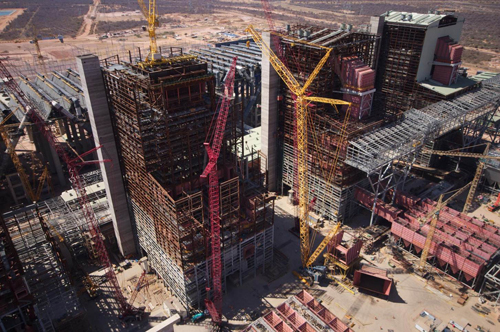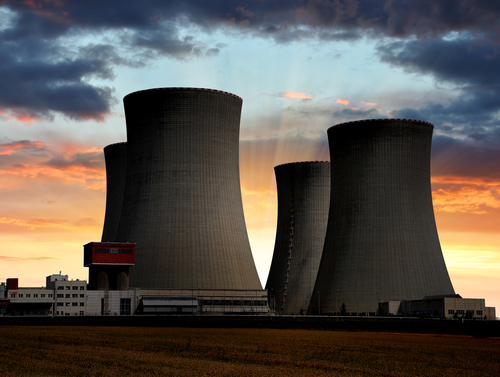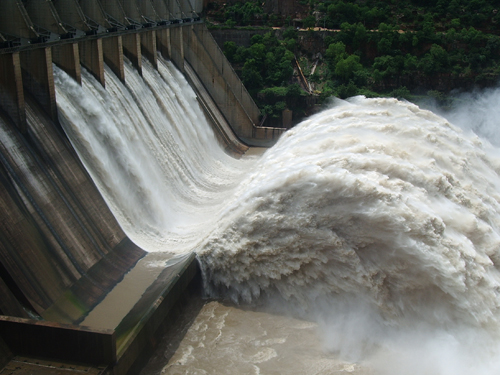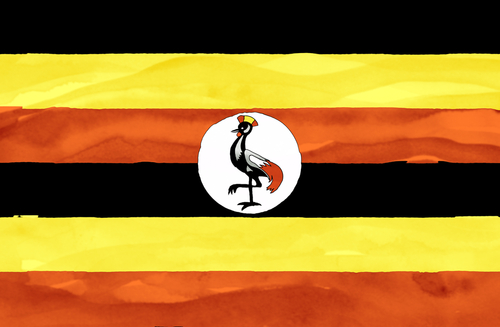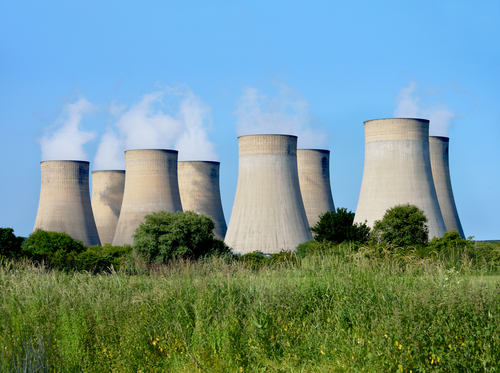
Construction of the Hinkley Point C plant in Somerset will be overseen by a consortium led by France’s EDF Energy and including Chinese companies China National Nuclear Corporation and China General Nuclear Power Corporation as minority shareholders in the project. The involvement of the two latter companies comes in the wake of an announcement by the UK Chancellor that Chinese firms would be allowed to invest in civil nuclear projects in the UK going forward.



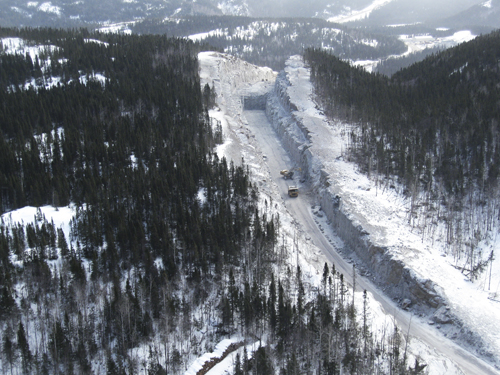
 HydroQuebec-AM-Energy-W2-Nov13-s.pdf
HydroQuebec-AM-Energy-W2-Nov13-s.pdf
